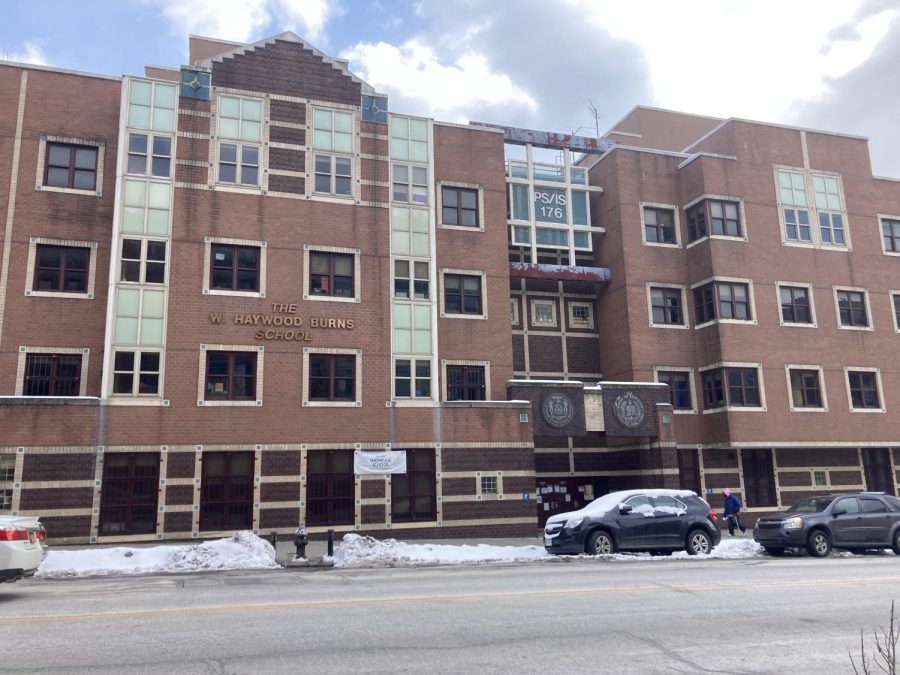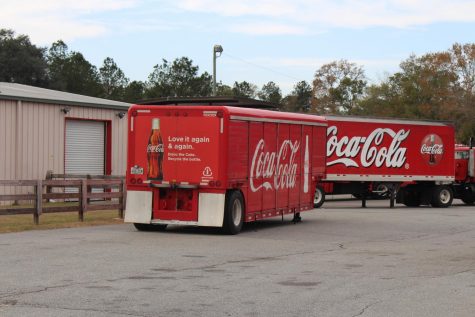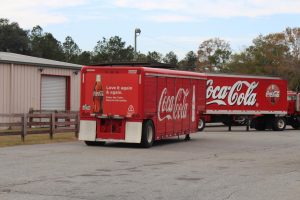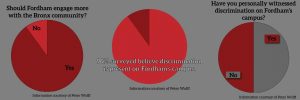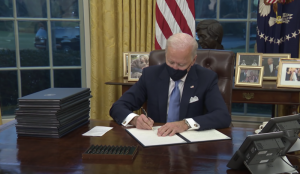Reopening Schools Is Only Possible With Federal Funding
With individual states still scrambling to support teachers and students, it is time for the Biden administration to step in
Schools like P.S. 176 will neither be able to handle a return to in-person learning nor continued remote learning without federal financial support.
February 21, 2021
In March of 2020, millions of students across the country were forced to substitute their in-person education for virtual instruction. It has now been 11 months since the shutdown, and most schools have remained closed or are in a hybrid model of learning, costing children their education. Now, it is up to the federal government to equip students, teachers and parents with the resources to facilitate a safe return to in-person learning.
As part of his plan for his first 100 days in office, President Joe Biden wants to reopen schools. But teachers across the country have significantly pushed back against any proposals related to this.
However, teachers are just one side of the issue. Many essential workers, who have been a vital part of the COVID-19 response efforts, cannot afford to keep their children at home while schools are closed.
There have been as many as 3 million U.S. students who have not received any formal education since the beginning of the pandemic. Recent studies show that school closures have significant negative consequences in both the short term and the long term.
Specifically, younger children who come from disadvantaged households suffer more than any other age group and socioeconomic bracket. These children typically have parents who work grueling hours for minimum wage jobs, and quite a few of these workers were required to work throughout the pandemic at the risk of their own safety. Many others were simply fired and had to rely on backed-up unemployment checks.
Most teachers find that the best way to continue school is through a virtual setting, and reopening schools, even through a hybrid model, is not practical while the country is facing a deadly pandemic.
Schools offer many things that benefit families beyond education. Food, daycare and technological assistance are just some of the additional benefits that parents receive, and often, so desperately need. Since the pandemic, schools have introduced a system where parents can pick up lunches and breakfasts for their children. Additionally, some schools have lent out laptops to help with the online learning required for students.
However, many schools lack the resources to fully support online learning, leaving lower-income families to bear the burden of school closings. In recent studies, and to no surprise, financially stable parents are much more prepared to help their children tackle the struggles of online learning and have more incentive to do so than lower-income parents.
While parents are significantly impacted, these children also feel the weight being placed upon them. In one corner, they have to worry about their next meal, and in the other, they have to keep up with their stressful school work.
However, the concerns of these parents and their children are not the only deciding factor in the decision to reopen schools.
Teachers are very concerned about their safety and the safety of their students. Most teachers find that the best way to continue school is through a virtual setting, and reopening schools, even through a hybrid model, is not practical while the country is facing a deadly pandemic. At the start of the fall semester, 82% of K-12 teachers stated that they were concerned for their safety while teaching in-person, and more than two-thirds wanted to teach remotely.
Since then, these numbers have remained the same, but now there is a far greater push by government officials to return to in-person learning. Biden has stated that he plans to reopen schools within the first 100 days of his presidency, but given the significant pushback from teachers’ unions, he then suggested that only K-8 schools reopen, excluding high schools. Republican lawmakers are also struggling to maintain their suburban voter base, which is growing tired of their children completing school at home.
Without the proper safeguards, schools cannot maintain in-person operations. But what are these proper safeguards? Many teachers believe that proper ventilation, touchless sinks, touchless hand sanitizer stations and social distancing initiatives are needed before even considering in-person education. The safety concerns of these teachers cannot simply be dismissed to help fulfill a political agenda.
The Centers for Disease Control and Prevention (CDC) has released new data that suggests that transmission within schools remains extremely low. According to their reports, the best way to ensure safety within schools is to stop the spread of the virus within the surrounding communities. The CDC also points to the results of the fall semester in which many schools offered an in-person method of learning and there were very low rates of transmission. Unfortunately, lower rates of transmission do not mean fewer deaths nor fewer infections.
Low-income families will be suffering most from a prolonged virtual learning experience without any federal government assistance.
The solution to reopening schools is simple: intervention by the federal government. Without proper funding from the federal government, states cannot properly equip schools to handle in-person learning. Moreover, without proper funding, schools cannot continue to handle remote learning. It is uncertain whether most teachers would consider going back to schools even with proper safeguards.
At the same time, low-income families will be suffering most from a prolonged virtual learning experience without any federal government assistance. Right now, states are scrambling to find the funds necessary to pay for programs that support low-income families. Even though the new administration plans to reopen schools, there needs to be some consideration given to the specificities of the problems and to the ones who are hurting the most.
The most important consideration is funding. In September 2020, the Independent Budget Office for New York City estimated that the city’s schools would need an additional $32 million per week to safely reopen their buildings. At the same time, the state is facing a $9 billion deficit, which renders it incapable of properly supporting school districts. Other states are facing similar challenges. In 2020, the estimated budget shortfall for the states was $22 billion with federal aid. Without federal funding, this number could be as much as $305 billion through the fiscal year 2022.
It is no secret that federal assistance is the only thing keeping states afloat during this pandemic. But the plans to reopen schools in the next 100 days are impossible without this assistance, and in the past few months, the federal government has fallen behind with funding. It is now up to the Biden administration to bolster the needs of the states.

